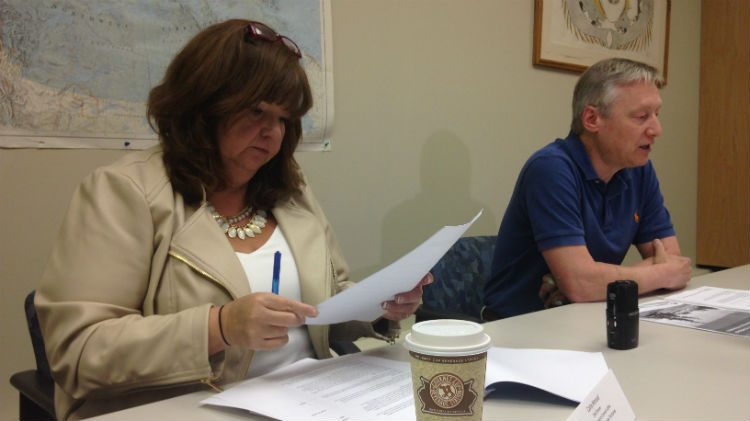27 people died as a result of an accidental overdose in the Northwest Territories between 2009 and 2014.
That’s according to a new study – Review of Non-intentional Poisonings by Narcotics (pdf) – which was released by the territory’s chief coroner’s office Tuesday.
Of those 27 deaths, four can be tied directly to the use of illicit fentanyl. While not included in this study, a fifth death occurred in 2015.
Read: Near-fatal overdose prompts fentanyl warning in Yellowknife
Read: Police arrest 16 people, seize fentanyl in Yellowknife busts
In the same interval, the study indicates that roughly two thirds of all victims were female – a statistic the territory’s chief public health officer found surprising.
“It could be that they’re more infrequent users,” said Dr. André Corriveau of the disparity between male and female victims.
“The risk of accidental overdose is higher if you’re a new user, you don’t know how to dose yourself as well.”
Tuesday’s report suggests the rate of emergency room visits and hospitalizations due to accidental overdoses was also higher among females.
According to Corriveau, the study was prompted by a recent increase in the number of overdose deaths (pdf) related to illicit fentanyl use across Canada.
Last February, his office issued a public health advisory warning residents of the prevalence of fentanyl on Yellowknife streets.
Thankfully, he says, the NWT isn’t feeling the effects of fentanyl quite as bad as other jurisdictions are.
“We’re not seeing the same sharp rise in fentanyl deaths that many other provinces have been experiencing,” he said.
“That doesn’t mean we’re immune or things couldn’t change quickly, so we have to improve our ability to monitor in more real time than we are now.”
Important findings
According to the study, the ages of overdose victims investigated by the coroner’s office ranged from 13 to 63. Interestingly, the rate of narcotic poisoning is highest among those aged 70 and up.
Another group prone to overdose appears to between 15 to 19 years old.
For the elderly, Corriveau says accidental overdoses are more likely the result of having multiple prescriptions or forgetting when to take medication. Amongst youth, it’s more than likely tied to addiction issues.
“There is no such thing as a safe street drug,” said Cathy Menard, the territory’s chief coroner.
“The rate of potency is very different from pill to pill. Whatever someone is buying today is different from what they’re buying tomorrow.”
In terms of where fatal overdoses happened between 2009 and 2014, 48 per cent of all cases were in Yellowknife.
On a per capita basis, the Tlicho region, Beaufort Delta, and Dehcho all saw higher death rates.
Where do we go from here?
Corriveau says there’s no “magic bullet” when it comes to addressing accidental overdoses in the Northwest Territories.
The implementation of electronic medical records (EMR) across the NWT is expected to help however, as it will make it easier to track subscriptions.
“Improving our ability to monitor what’s going on is an important aspect of the work that we’re going to do,” said Corriveau.
“It will be a great way for clinicians to share information and to avoid over-prescribing whether it’s for narcotics or other things.
“27 deaths is still too many so we still have some work to do.”
Corriveau says roughly 80 per cent of the territory’s population now has access to EMR, with Inuvik recently coming online and the Sahtu and Tlicho in the process of launching it.





